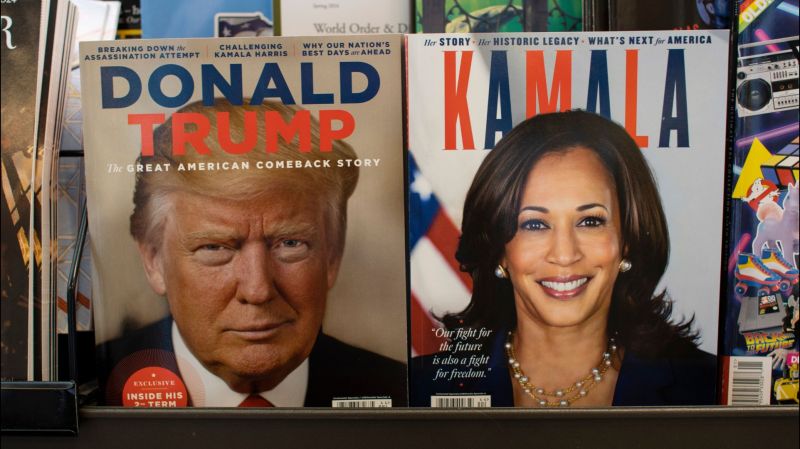How Pretenders Give Mergers a Bad Name
M&As have a reputation for draining the value of acquiring firms. It doesn’t have to be that way: a long-term focus and deep pockets flip the script

- Evidence has shown that mergers and acquisitions generate healthy returns for target firm shareholders but create little value or even destroy value for acquiring firms.
- A study of M&As completed in the period before and after the financial crisis of 2007-2009 found that mergers occurring after the crisis were significantly more value-enhancing than pre-crisis deals.
- Firms that closed on M&A deals in the post-crisis period were more focused on the long term and were less financially constrained than their pre-crisis counterparts.
- Target firms were much more financially constrained during the post-crisis period — providing them with even greater incentive to accept a takeover offer.
Once a typical merger or acquisition is announced, the CEOs of both firms profess their confidence that the deal is a good one for all shareholders and a strategically sound investment in the future. If history is any judge, one of those leaders would be seriously deluded.
The evidence is clear: M&As generate healthy returns for target firm shareholders, who can expect to pocket a 15 to 20 percent premium over prevailing market prices. But they create little value or even destroy value for acquiring firms. A report by KPMG years ago concluded that more than half of all mergers reduce shareholder value while one third make no difference at all.
But there’s reason to believe that the success of mergers or acquisitions is at least partly related to when they occur.
M&As tend to arrive in waves. These waves are triggered by technological or economic shocks and fueled by easily available credit and booming stock markets. Firms use their stock and the cash generated during this period to finance acquisitions, often more out of the desire to build an empire or inflate egos than to create lasting value.
“When that happens, you get more firms trying to get into the fray because they’re able to,” says Sean Cleary, the BMO Professor of Finance of Smith School of Business. “Sometimes that can lead to hubris because it's so easy to get in.”
Better Performance For Post-Wave M&As
Cleary was curious to see if M&As completed during these freewheeling periods — times when less disciplined dealmakers are on the loose — were less successful than those completed during post-wave periods. With Ashrafee Hossain of Memorial University, he took advantage of the financial crisis of 2007-2009 to compare the performance of takeovers during the pre-financial crisis period (April 2003 to February 2007), which was a period of high M&A activity, to that of post-crisis (March 2009 to December 2012) takeovers, when M&A activity was in the doldrums.
Their findings both confirmed earlier research and added new wrinkles. Their major conclusion is that M&As occurring after the 2007-09 financial crisis were significantly more value-enhancing than pre-crisis M&As.
In the short term, acquirers performed significantly better during the post-crisis period despite the fact that the firms that were acquired received much higher cumulative abnormal returns. (CAR is the difference between the expected return and the actual return of a stock, and is used to determine the effect that an acquisition or similar event has on stock prices.)
In the long term, stock performance and operating performance in the three years following an acquisition or a merger both improved significantly during the post-crisis period. On the stock side, the three-year buy-and-hold abnormal returns for acquiring firms were a healthy 10.5 percent. As for operations, the so-called abnormal operating performance of the firms was significantly higher during the post-crisis period. (The typical pre-crisis merger generally was value-neutral over the subsequent three-year period.)
The Warren Buffett Effect
Why was the performance of acquirers better during the post-crisis period in both the short- and long run? Cleary offers a few reasons.
For one thing, in the pre-crisis wave, firms had relatively easy access to inexpensive and low-covenant debt. “Before the crisis, the pre-crisis acquirers were much weaker financially than the post-crisis acquirers, on average,” says Cleary. “What that tells you is that some firms were able to acquire other firms during the pre-crisis period that probably weren't able to get in the game in the post-crisis period. They couldn't arrange the financing and, quite conceivably, were dealing with other issues at home.”
By contrast, firms that closed on M&A deals in the post-crisis period were more focused on the long term and were less financially constrained than their pre-crisis counterparts. Being unaffected by the financing crunch of the period, they could take advantage of long-term value opportunities that were there for the picking during the post-crisis period.
In fact, their study finds that in sharp contrast to acquiring firms, target firms were much more financially constrained during the post-crisis period — providing them with even greater incentive to accept a takeover offer. Cleary points to Warren Buffett as a classic example of the sort of patient investor who could generate profits from an M&A at the expense of more financially constrained firms.
“If you take the fact that operational performance is improving in these post-crisis mergers, that suggests that these are more strategic acquisitions and less driven by hubris,” says Cleary. “These long-term investors have more skin in the game. They’re more apt to monitor and influence behaviour whereas the short-term investors vote with their feet.”
— Alan Morantz





